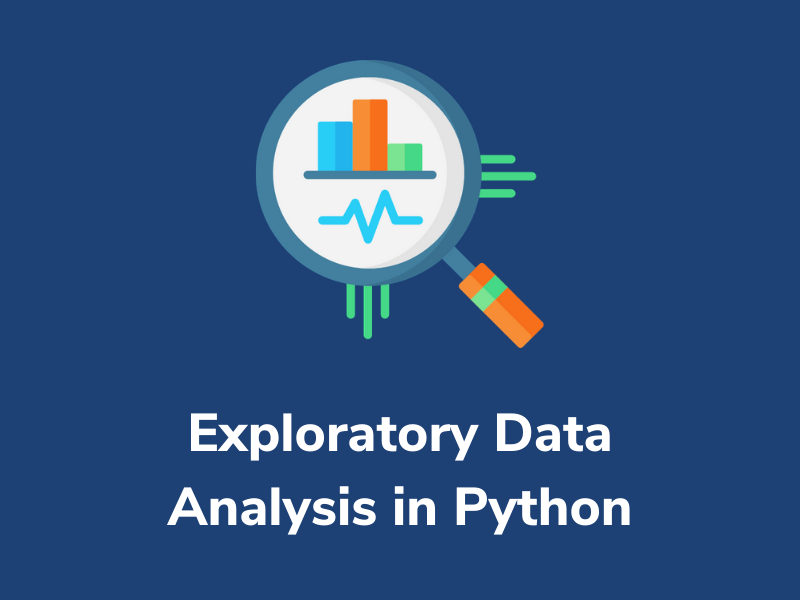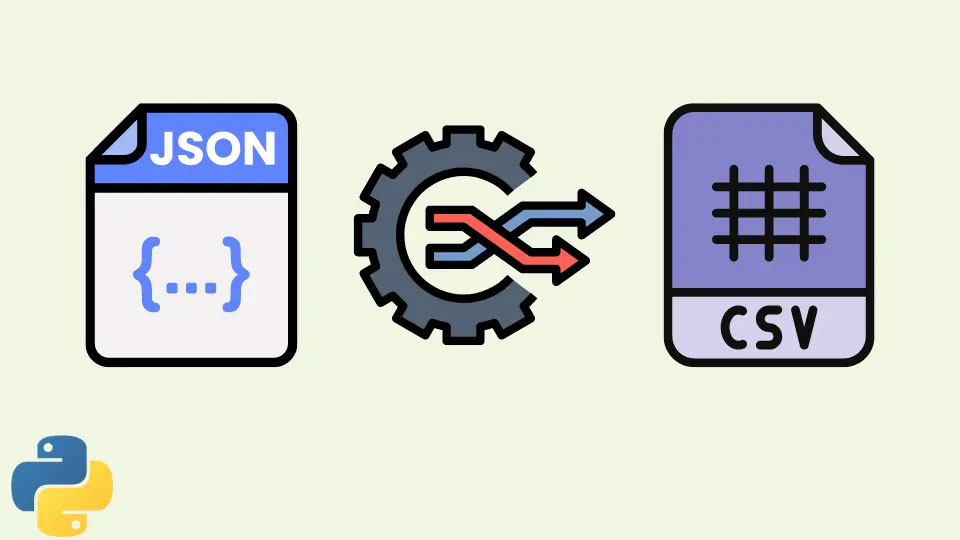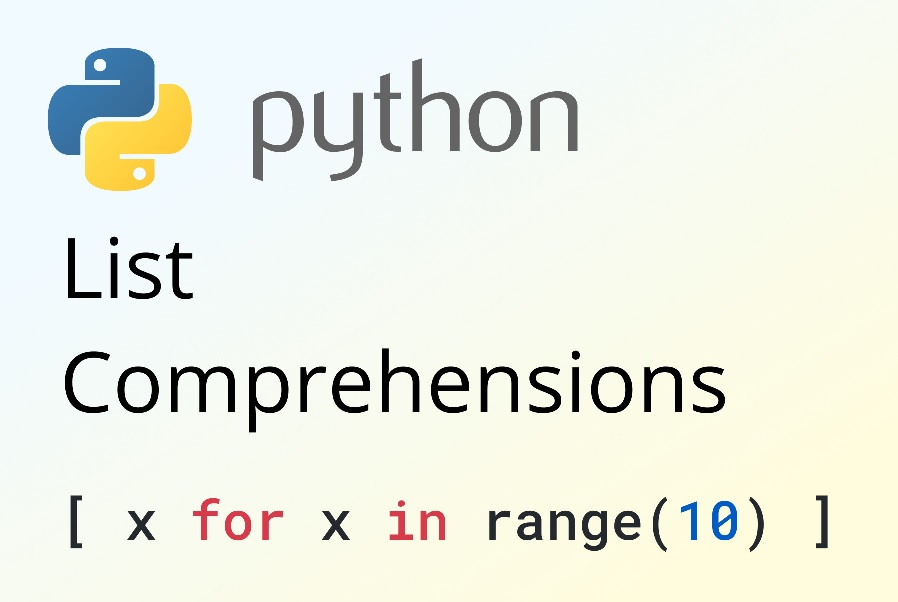When you first receive a dataset—maybe from a survey, a sales report, or social media analytics—you can’t just jump into building models or writing reports. You need to explore it first.
That’s where Exploratory Data Analysis (EDA) comes in.

What Is EDA and Why Does It Matter?
EDA is the process of understanding your data before doing anything else. You want to answer questions like:
- What does the data look like?
- Are there missing values or errors?
- Are there any trends or patterns?
- Which columns are actually useful?
It helps you clean, simplify, and prepare your data for deeper analysis or machine learning.
Why Use Python for EDA?
Python is a top choice for data exploration because:
- It’s beginner-friendly and easy to read.
- It has powerful libraries like Pandas, Matplotlib, and Seaborn.
- It works well with all types of data—numbers, text, dates, and more.
- If you know Excel, Python feels familiar but way more flexible.
Step-by-Step: EDA in Python
Let’s go through the typical steps for performing EDA using Python:
Step 1: Load Your Data
import pandas as pd
data = pd.read_csv(“your_file.csv”)
This command loads your dataset into a Pandas DataFrame, which makes it easier to work with.
Step 2: Peek at the Data
data.head() # First 5 rows
data.shape # Rows and columns count
data.columns # List of column names
This gives you a quick idea of what the dataset looks like.
Step 3: Check Data Types
data.info()
data.dtypes
Understanding whether each column is numeric, text, or date is important because it affects how you analyze or clean it.
Step 4: Summary Statistics
data.describe()
This provides:
- Mean, min, and max values
- Standard deviation
- Quartiles
It’s helpful for spotting outliers or unexpected values.
Step 5: Handle Missing Data
data.isnull().sum()
If you find missing values:
Fill them with a placeholder or average:
python
data.fillna(0, inplace=True)
- Or drop rows/columns with missing data:
data.dropna(inplace=True)
But be careful not to drop too much data unnecessarily.
Step 6: Visualize Your Data
import matplotlib.pyplot as plt
import seaborn as sns
Bar Chart:
data[‘category’].value_counts().plot(kind=’bar’)
plt.title(‘Category Count’)
plt.show()
Histogram:
data[‘price’].hist()
plt.title(‘Price Distribution’)
plt.show()
Box Plot (to find outliers):
sns.boxplot(x=data[‘price’])
plt.title(‘Box Plot of Price’)
plt.show()
Step 7: Find Relationships Between Columns
Correlation:
data.corr()
This tells you how two columns move together. For example, if price goes up, does sales go down?
Scatter Plot:
sns.scatterplot(x=’age’, y=’income’, data=data)
plt.title(‘Age vs Income’)
plt.show()
Heatmap (Bonus):
sns.heatmap(data.corr(), annot=True, cmap=’coolwarm’)
plt.title(“Correlation Matrix”)
plt.show()
Real-Life Example: Sales Dataset
Let’s say you have data from a retail website. You want to know:
- Which products sell the most?
- What time of year has the most sales?
- Does price affect quantity sold?
With Python, you can:
Use .groupby() to total sales per product:
data.groupby(‘product’)[‘sales’].sum().sort_values(ascending=False)
- Extract months from dates and analyze seasonal trends
- Create scatter plots to visualize price vs sales
Common EDA Mistakes
- Ignoring missing values
- Not checking data types
- Skipping visualizations
- Writing overly complex code
Tips for Better EDA
- Always look at the first few rows with .head()
- Use .groupby() for category-wise analysis
- Use .value_counts() to quickly summarize categorical data
- Keep your code clean and readable
Tools That Help
- Pandas – for data handling
- Matplotlib / Seaborn – for charts
- Jupyter Notebook – test code in chunks
- Google Colab – free, runs in your browser
Conclusion
EDA is the first and most important step in any data project. It helps you understand your dataset, find hidden patterns, and clean messy data—before you make decisions or train models.
The best part? It’s not complicated. With just a few Python commands and a curious mind, anyone can start exploring data.
Want to Learn EDA the Easy Way?
Platforms like Console Flare offer beginner-friendly courses that teach EDA using real-world examples, whether you’re analyzing social media trends, medical data, or business reports. They make Python simple with hands-on projects and step-by-step tutorials.
For more such content and regular updates, follow us on Facebook, Instagram, LinkedIn




